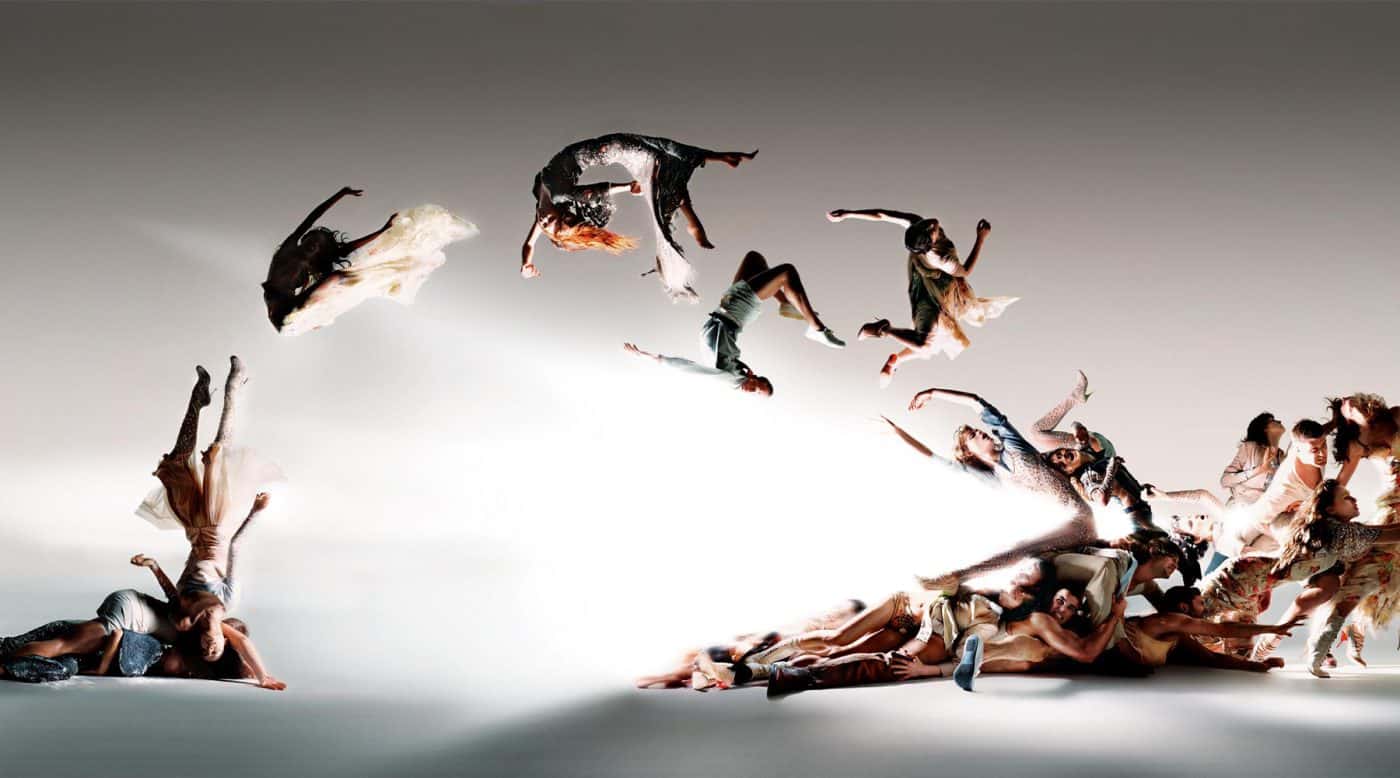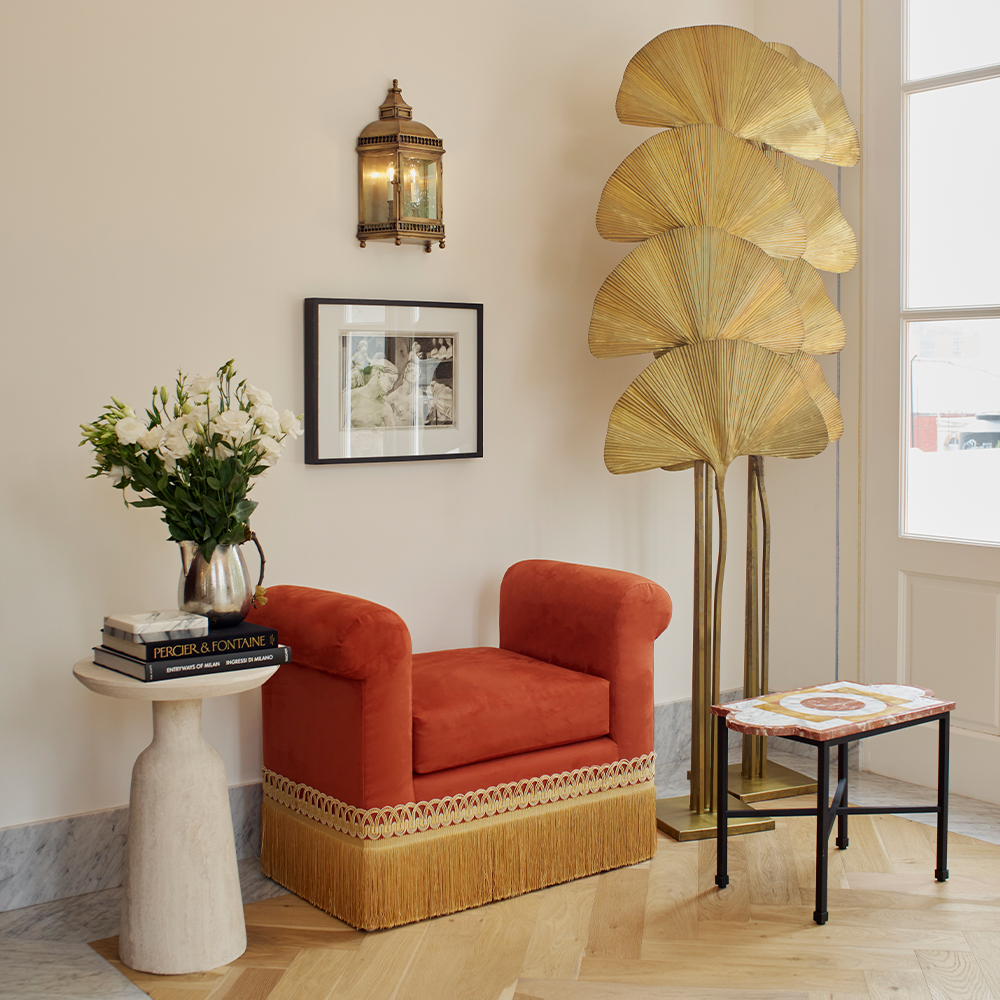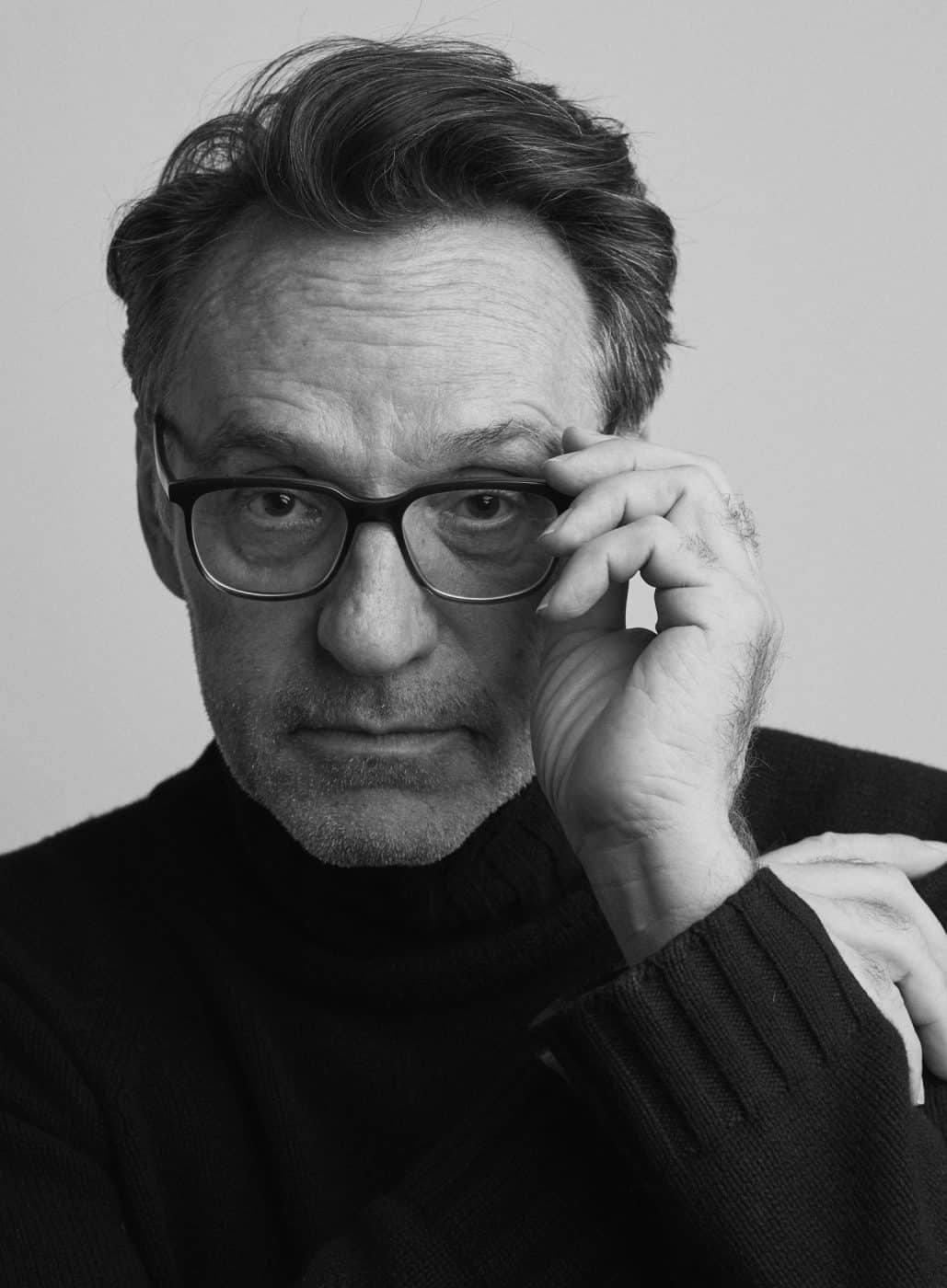
June 6, 2021In 2004, Christophe Guye, a successful advertising executive based in Zurich, was visiting the Art Basel art fair when he spotted two large-format, black-and-white aerial photographs by Balthasar Burkhard: one of Mexico City and another of desert formations in Namibia. He purchased them on the spot.
“They were unparalleled in terms of composition and sheer power, and they felt transformational, going beyond photography to become installations or monumental tableaux — I was blown away by his conceptual approach,” says Guye, who until then had collected mainly concrete-constructive works by such artists as Herbert Hamak, Cédric Teisseire and Bernard Aubertin.
“I’d spent fifteen years doing endless campaigns with photographers, but I never realized it was possible for photography to become something other than itself, to create its own visual language,” he continues. “I saw that you could transcend the limits of the medium as a presumed image of reality, and it could serve as a conduit for visual metaphors. It changed my life.”
Guye was hooked. He invited the dealer who had sold him the Burkhards, Walter Keller — the legendary director of gallery-cum-art publisher Scalo — to lunch. “I talked to him for hours and bombarded him with questions,” Guye remembers, “and that led to many more lunches, many more questions. I met with him countless times, in the meantime devouring practically every book and article on photography, and especially in relation to contemporary art.”
As their friendship grew, Guye confided in his mentor his newfound dream of opening his own photo gallery, and Keller proposed a collaboration. “My dream became a reality, and I made my passion my profession,” says Guye. He sold his agency to Young & Rubicam and relocated to Los Angeles, where he founded Scalo/Guye, a gallery and bookstore, in 2006. Four years later, he moved back to Zurich, reopening the gallery under his own name.
There, he specializes in photographers working in innovative, boundary-breaking ways, with a focus on Japanese and fashion photography. His roster includes Miles Aldridge (currently the subject of a retrospective at Fotografiska in New York through October 17), with his unsettling narratives that verge on the cinematic; and Rinko Kawauchi, whose mundane scenes evoke haiku poems; as well as French artist Stéphane Couturier, whose cityscapes, often taking their inspiration from Fernand Léger’s machine-age aesthetic, bridge the gap between painting and photography.
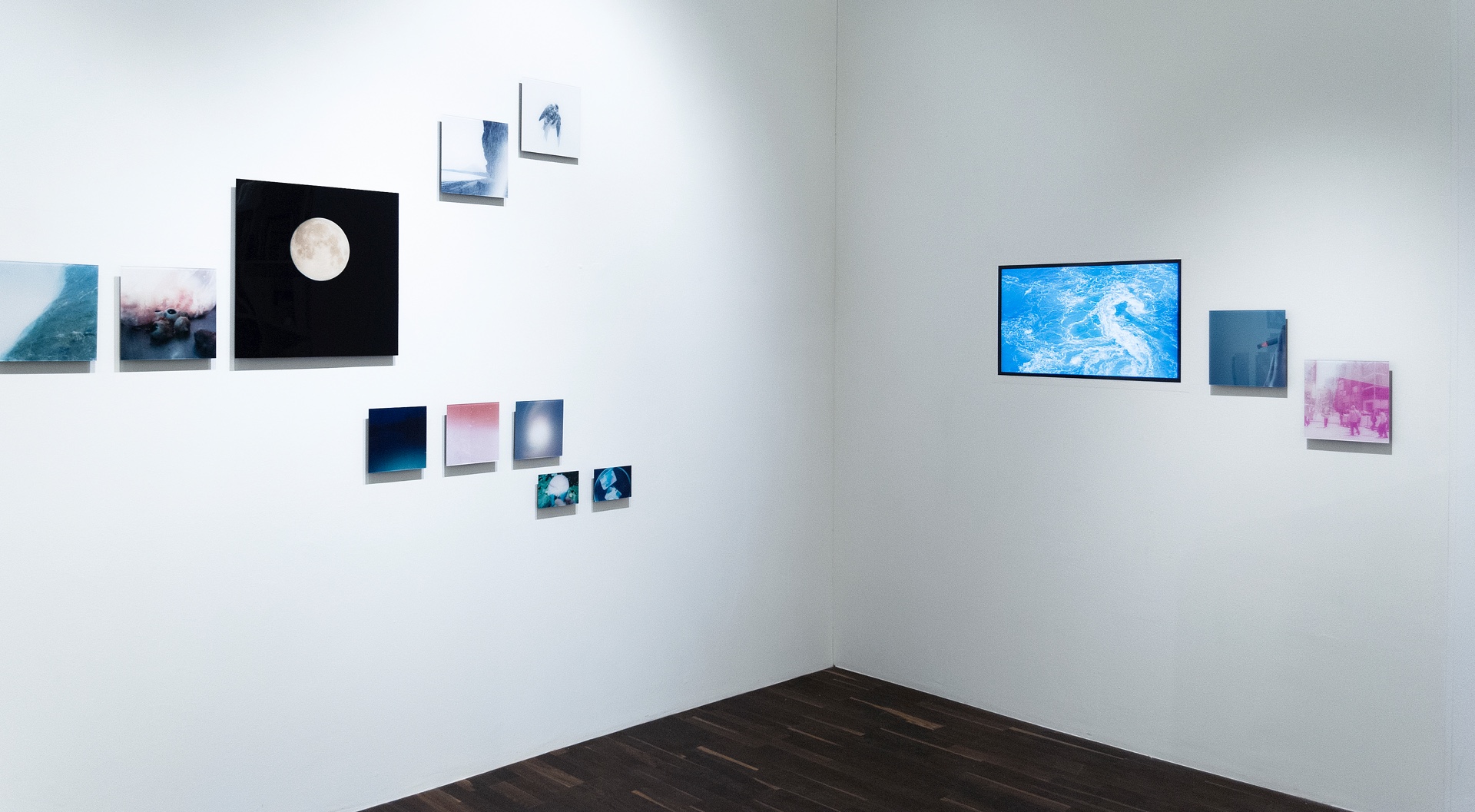
“Sometimes, when I see a photograph, it’s extremely emotional — something happens inside my heart,” he says. “But then, I need to go into my head. I do a lot of research in order to understand the work on a rational level, to know if it’s just a momentary seduction — if it’s an Eintagsfliege, a German idiom that uses the image of a mayfly, which lives for only twenty-four hours — or if it could be something more.”
Here, Guye speaks with Introspective about some of his most surprising and poetic finds and the transformative power of photography.
What’s the most unusual photograph you’ve ever shown?
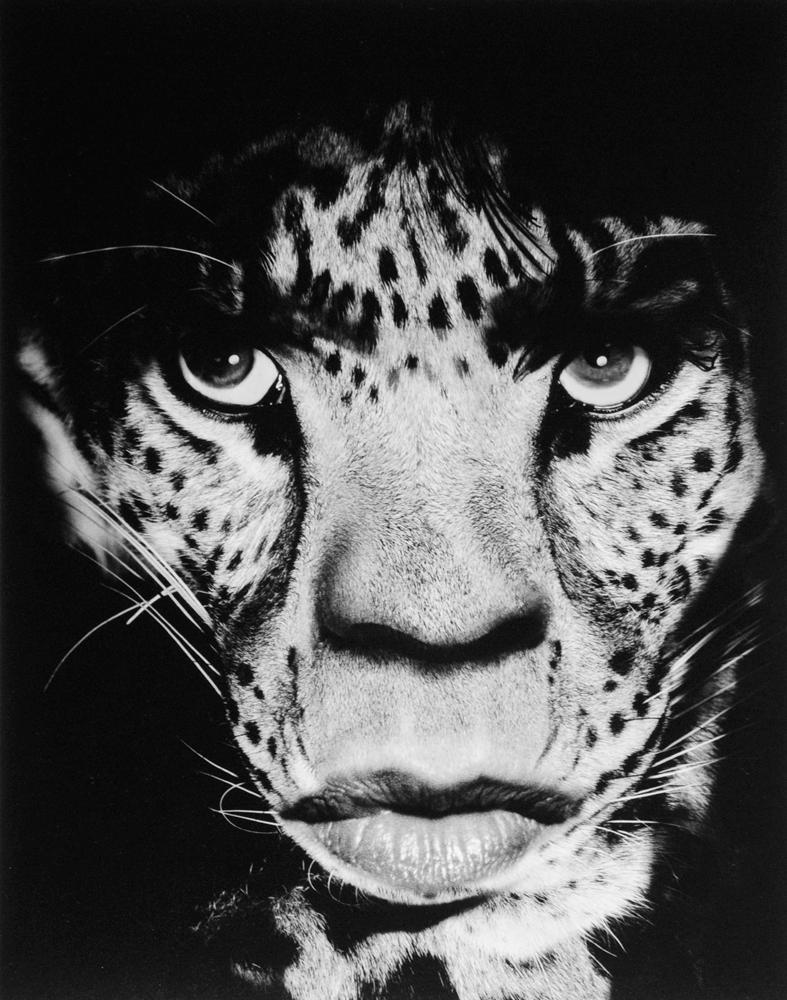
The Mick Jagger/Leopard portrait by Albert Watson, a Scottish photographer born in 1942. In this image from 1992, there is no digital manipulation — it’s an old-fashioned double exposure in the camera, processed in a classical manner rather than created in the darkroom. The format is huge, seventy-seven by sixty inches, and Mick Jagger is immediately recognizable, thanks to his unmistakable lips. The way he looks down at the viewer is incredibly powerful.
What photograph in your gallery best represents the kind of work you’re attracted to?
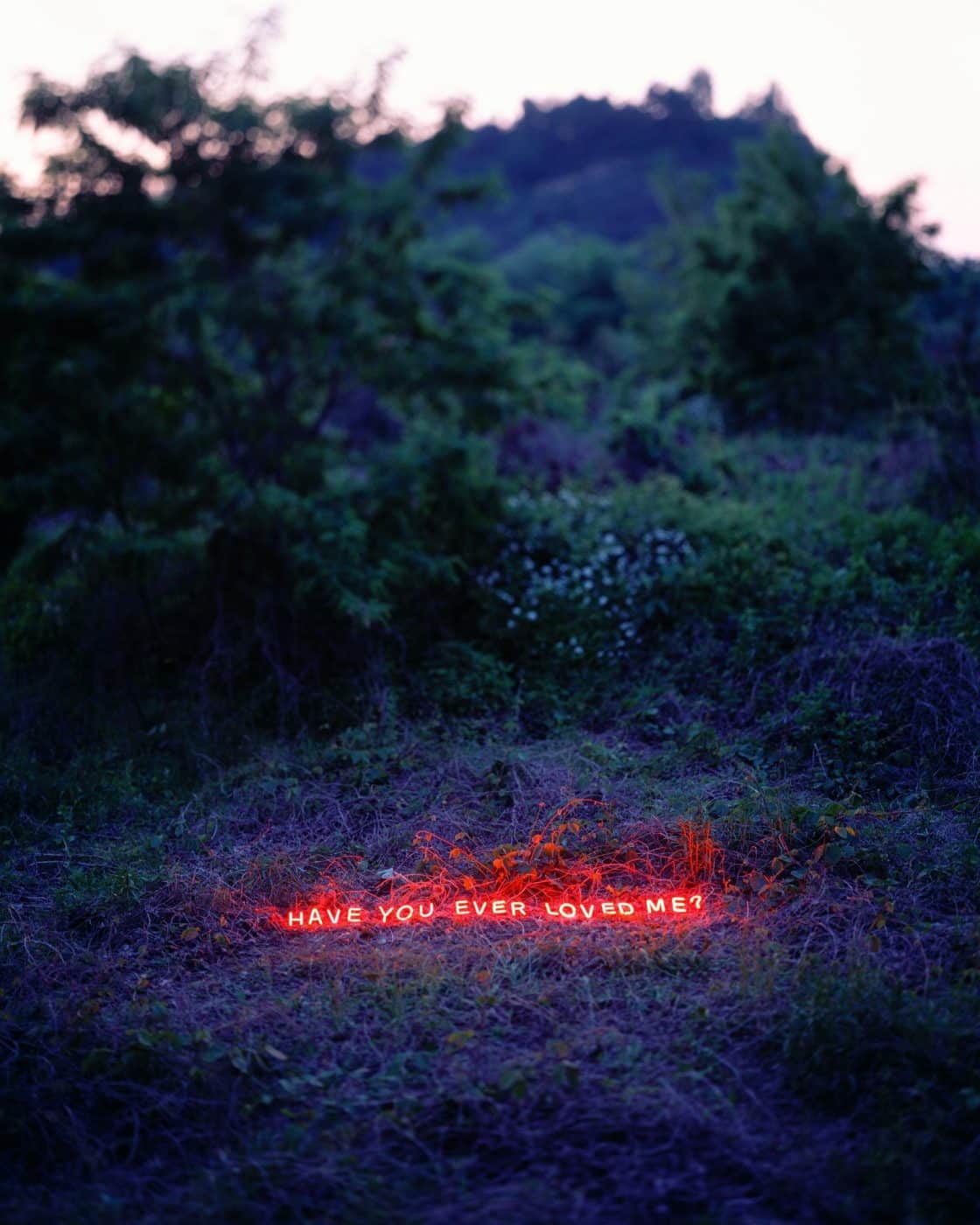
Have You Ever Loved Me?, a 2010 image from the “Aporia” series by Korean artist Jung Lee. Her work pushes the boundaries of photography, combining it with installation and poetry. Her images touch me above all because of the endless romance they embody.
This series was inspired by A Lover’s Discourse, by Roland Barthes. As we endlessly consume the clichés used to describe love, these “sweet nothings” seem ironically to reveal the sense of unanswered desire, solitude and sorrow in contemporary society. Aporia in Greek means coming to a dead end. Crying out for love in desolate places, the images express a dead end that can’t be solved through logic.
Is there a photograph you regret selling?
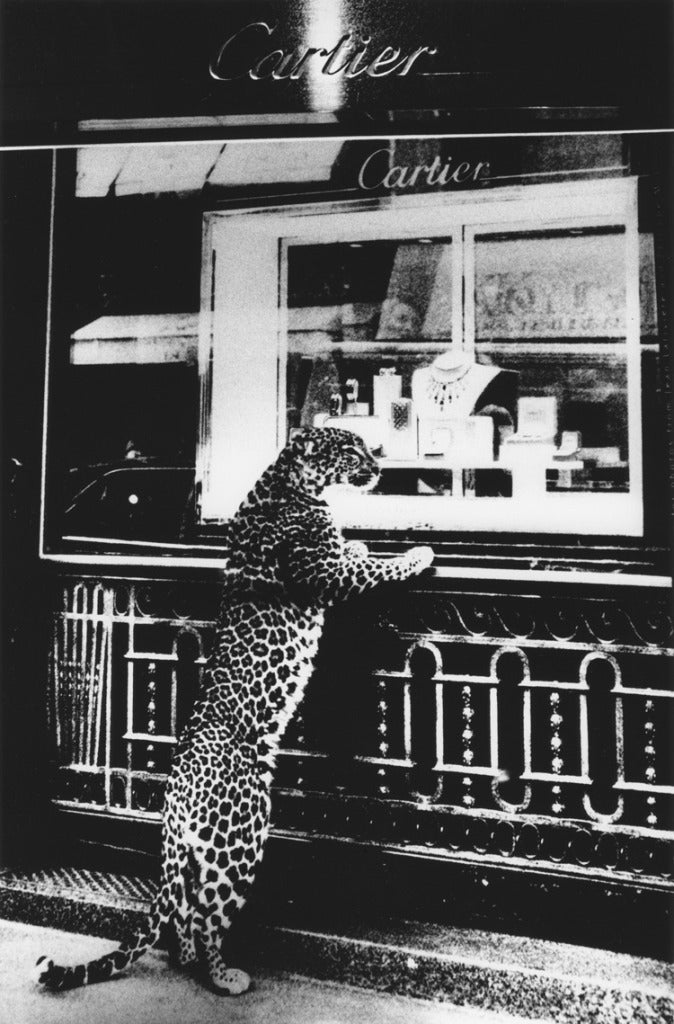
Yes, Daido Moriyama’s Kyoku / Erotica, an image of a leopard peering through the window of Cartier. I had two large editions, and I wish I’d kept one for myself. It is no longer available and is no longer being produced. It’s a beautiful piece that aptly expresses the thinking behind Moriyama’s series of the same name, which reflects his ambivalent vision of the world. Kyoku can be translated from Japanese as “danger zone,” and for Moriyama, the world is both a danger zone and a field of erotic tension, both dangerous and seductive.
Are you working with any important private collectors or institutions whose names you can share with us?
Providing long-term consulting services and guiding and encouraging new collectors are some of my principal activities. Collections I work with include the Victoria & Albert Museum; the Credit Suisse Collection; the Nicola Erni Collection; the Sharjah Art Foundation, in the United Arab Emirates; and LVMH, in Paris. Some private collectors are Her Royal Highness Princess Lamia Bint Majid Al Saud, Kim Kardashian and Philip Niarchos, to name just a few.
Do you have a photograph you love too much to sell?
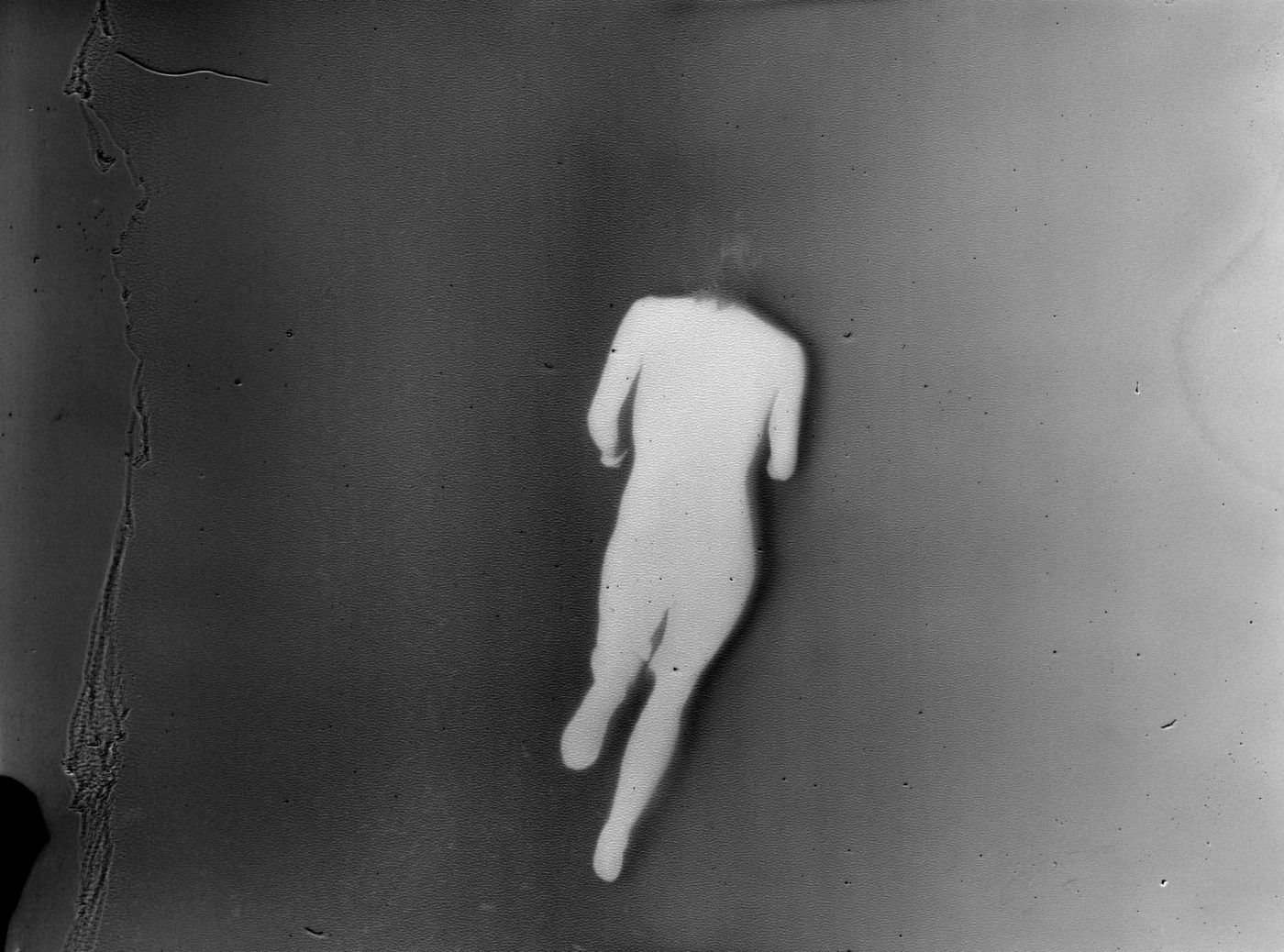
To be honest, I have a great deal of difficulty letting go of them all! But there is one that has a very important position in my collection — Untitled #3, by Daisuke Yokota, a remarkable young Japanese artist. He uses multiple layers of rephotographing to obtain happy accidents and thereby assimilate his ideas of how memory is shaped and evolves over time. He says, “Memories are experienced in relation to the present. As we go through the act of repeatedly recalling our memories, I believe these memories change in relation to what is happening to us now.”
What is your dream photograph, the one you would most want for your own collection?
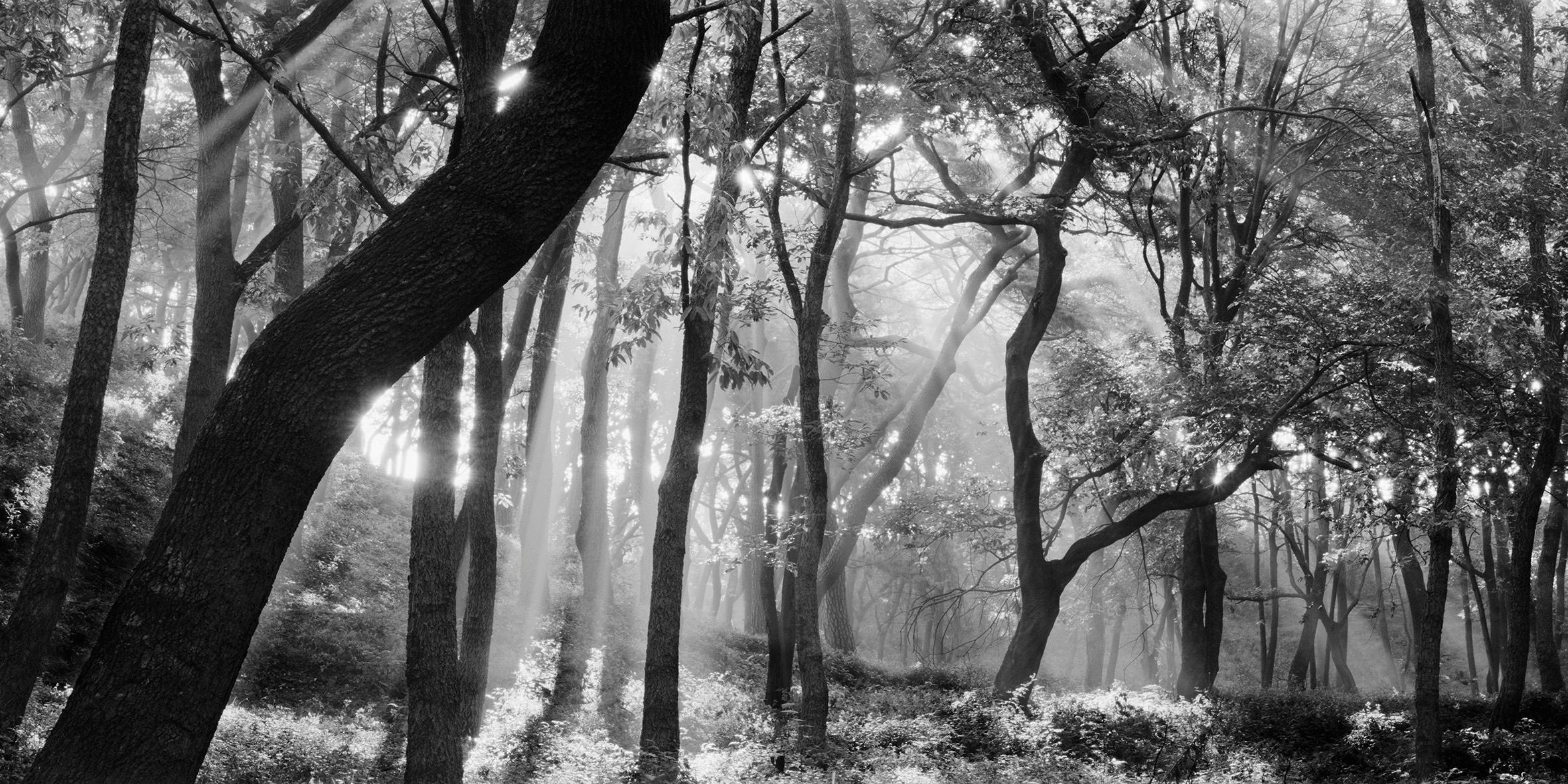
SNM5A-031H, from 2014, by Bae Bien-U, the most famous Korean photographer. I organized exhibitions with him in 2009 and 2012. For almost forty years, he has focused his creative energy on the Korean pine tree, taking hundreds of pictures of the same motif, mainly in the same environment — the royal tombs in the mountains of Gyeongju — almost always in the fog, almost always in black and white.
His works are charged with incredible spirituality, and they speak of reverence for our ancestors, the past, tradition. A breathtaking beauty is revealed in the curved forms of the trees, like calligraphy. I will soon be organizing another exhibition of his most recent works, and I would love to have one of his photographs in my collection.
